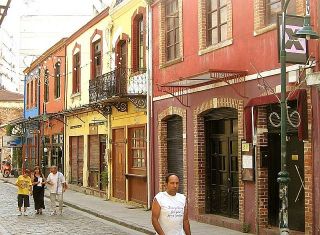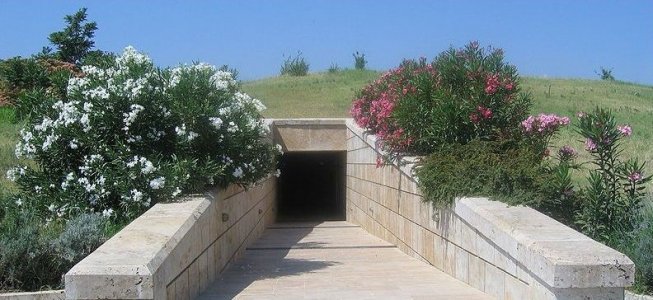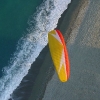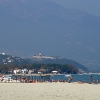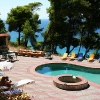Archive for the ‘museum’ Category
Thessaloniki – co-Capital in the North
Thessaloniki (Greek: Θεσσαλονίκη, [θesaloˈniki]), Thessalonica, or Salonica is the second-largest city in Greece and the capital of the Greek region of Macedonia. Its honorific title is Συμπρωτεύουσα (Symprotévousa), literally “co-capital”, a reference to its historical status as the Συμβασιλεύουσα (Symvasilévousa) or “co-reigning” city of the Byzantine Empire, alongside Constantinople. According to the 2001 census, the municipality of Thessaloniki had a population of 363,987. The entire Thessaloniki Urban Area had a population of 763,468.
Thessaloniki is Greece’s second major economic, industrial, commercial and political centre, and a major transportation hub for the rest of southeastern Europe; its commercial port is also of great importance for Greece and its southeast European hinterland. The city hosts an annual International Trade Fair, the Thessaloniki International Film Festival, and the largest bi-annual meeting of the Greek diaspora.
Thessaloniki is home to numerous notable Byzantine monuments, including the Paleochristian and Byzantine monuments of Thessalonika, a UNESCO World Heritage Site, as well as several Ottoman and Sephardic Jewish structures.
Vergina – Tombs of the Macedonian Kings
Vergina (Greek: Βεργίνα) is a small town in northern Greece, located in the prefecture of Imathia, Central Macedonia. The town became internationally famous in 1977, when the Greek archaeologist Manolis Andronikos unearthed what he claimed was the burial site of the kings of Macedon, including the tomb of Philip II, father of Alexander the Great. The finds established the site as the ancient Aigai.
The modern town of Vergina is about 13 km south-east of the district centre of Veroia and about 80 km south-west of Thessaloniki, the capital of Greek Macedonia. The town has a population of about two thousand people and stands on the foothills of Mount Pieria, at an elevation of 120m (360 ft) above sea level.
Read the rest of this entry at Hellas by Foot >>


